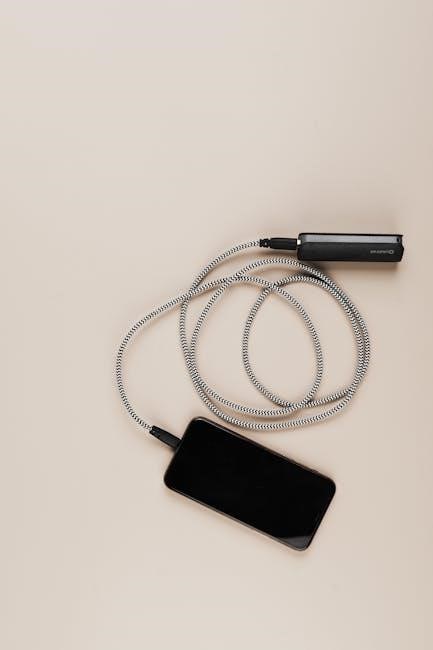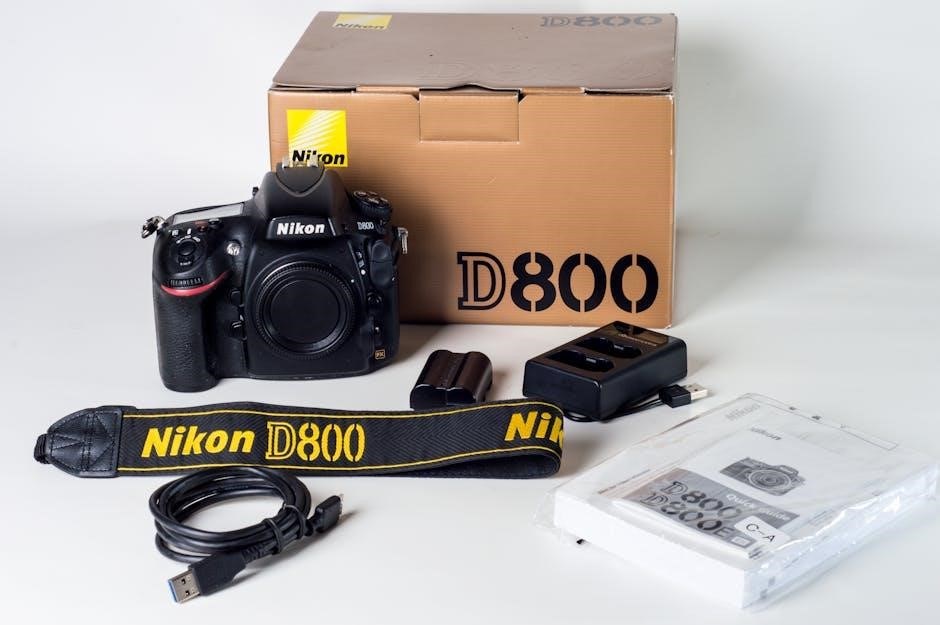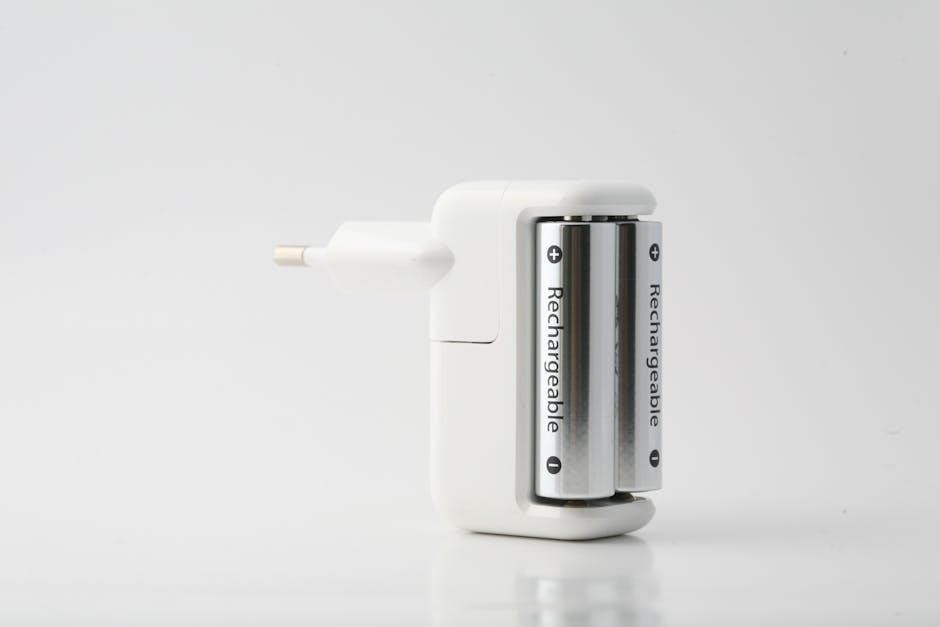The LTY Teeter Free Step is a cutting-edge, low-impact exercise machine designed for full-body workouts. It combines innovative technology with user-friendly programming to suit all fitness levels, making it ideal for those seeking joint-friendly training options. With customizable programs and guided sessions, it offers a versatile approach to improving strength, endurance, and mobility. Perfect for beginners and advanced users alike, the LTY Teeter Free Step promotes consistent and effective fitness routines.
Overview of the LTY Teeter Free Step LT-7
The LTY Teeter Free Step LT-7 is a state-of-the-art, low-impact recumbent cross-trainer designed for efficient full-body workouts. It combines a smooth, natural motion with advanced programming options, making it ideal for users of all fitness levels. The LT-7 model is particularly noted for its joint-friendly design, catering to individuals with sensitivity or mobility challenges. With features like customizable workout programs and integration with the Teeter Move app, it offers a versatile and engaging exercise experience. The machine also supports user profiles for personalized tracking and goals. Its sleek design and durable construction ensure long-term performance, making it a valuable addition to any home or gym fitness routine.
Key Features of the LTY Teeter Free Step
The LTY Teeter Free Step boasts a range of innovative features that enhance your workout experience. It offers low-impact, zero-joint-stress motion, ideal for users with joint sensitivity. The machine is equipped with a high-resolution digital console, allowing users to track progress and customize workouts. Pre-set and customizable programs enable tailored fitness routines, while the Teeter Move app provides guided sessions for motivation. Additional features include adjustable resistance levels, heart rate monitoring, and a sturdy, space-efficient design. These elements combine to deliver a comprehensive, user-friendly fitness solution that caters to diverse needs and preferences, ensuring an effective and enjoyable exercise experience for all users.
Assembly and Initial Setup
Assembly requires downloading the free BILT app for 3D guidance. Carefully unbox and organize parts, following step-by-step digital instructions. Align and secure components, ensuring stability. Use provided tools to tighten bolts. Double-check all connections before first use. Refer to the user guide for specific setup instructions to ensure proper installation and functionality.
Step-by-Step Assembly Instructions
Begin by downloading the free BILT app for 3D guidance, which provides interactive, step-by-step instructions. Carefully unbox and organize all components. Start by assembling the base frame, ensuring all parts are aligned correctly. Use the provided tools to secure bolts and screws tightly. Next, attach the pedals and handlebars, following the on-screen guide for precise alignment. Once the main structure is built, install the console and connect any necessary wires. Finally, test the machine to ensure smooth operation. Refer to the BILT app for real-time assistance and double-check all connections before first use. Proper assembly is crucial for safety and functionality.
Downloading the Free BILT App for 3D Guidance
Downloading the BILT app is essential for a seamless assembly experience. Available for free on both iOS and Android, the app offers 3D, interactive instructions tailored for the LTY Teeter Free Step. Open the app store, search for “BILT,” and install the application. Once installed, create an account or log in if you already have one. Search for “Teeter FreeStep” within the app to access specific assembly guides. The app provides detailed, step-by-step animations and instructions, ensuring accurate and efficient setup. Use the app alongside the provided manual for the best results. This tool significantly simplifies the assembly process, making it user-friendly and stress-free.

Programming Your LTY Teeter Free Step
Power on the machine and select a user profile for personalized tracking. Choose from pre-set programs or customize workouts to suit your fitness goals. Use the Teeter Move app for guided sessions and real-time feedback, ensuring a tailored and effective exercise experience. This feature enhances your workout routine and helps you stay motivated. Consistency is key to achieving optimal results with your LTY Teeter Free Step. Explore various programs to keep your sessions engaging and challenging. The intuitive interface makes programming straightforward and user-friendly, allowing you to focus on your fitness journey. Regular updates ensure access to new workout options, keeping your routine fresh and exciting. Utilize the app’s tracking features to monitor progress and adjust programs as needed. This machine is designed to adapt to your evolving fitness needs, providing a comprehensive workout solution. By leveraging its programming capabilities, you can maximize your exercise efficiency and enjoy a rewarding fitness experience. The LTY Teeter Free Step is a versatile tool that supports your journey toward better health and wellness. With its advanced programming options, it caters to both beginners and experienced users, offering a personalized approach to fitness. The combination of technology and user-centric design makes it an excellent choice for home workouts. Programming your LTY Teeter Free Step is simple and efficient, ensuring you can start your fitness routine quickly. Take advantage of the customizable options to create a workout plan that aligns with your goals and preferences. The machine’s programming features are designed to enhance your exercise experience, providing guidance and motivation every step of the way. By utilizing the available programs and apps, you can optimize your workouts and achieve better results. The LTY Teeter Free Step offers a dynamic and adaptive programming system, making it easy to stay on track with your fitness objectives. Its user-friendly interface and comprehensive features ensure a satisfying and productive workout experience. Programming your LTY Teeter Free Step is an essential step in maximizing its benefits and enjoying a successful fitness journey. With its robust programming options, the machine empowers you to take control of your workouts and achieve your goals. The combination of technology and ease of use makes it an ideal choice for anyone looking to improve their physical fitness. By programming your LTY Teeter Free Step effectively, you can unlock its full potential and enjoy a rewarding exercise routine. The machine’s programming capabilities are designed to support your fitness aspirations, offering a flexible and engaging workout experience. Programming your LTY Teeter Free Step is a straightforward process that allows you to tailor your workouts to your specific needs and preferences. With its advanced features and user-friendly interface, the machine provides a comprehensive solution for your fitness goals. By leveraging its programming options, you can create a personalized workout plan that keeps you motivated and on track. The LTY Teeter Free Step offers a dynamic and adaptive programming system, ensuring that your workouts remain challenging and engaging. Its programming features are designed to enhance your exercise experience, providing you with the tools you need to succeed. By utilizing the available programs and apps, you can optimize your workouts and achieve your fitness objectives. The machine’s programming capabilities make it an excellent choice for anyone seeking a versatile and effective home workout solution. Programming your LTY Teeter Free Step is a key step in achieving your fitness goals, offering a personalized and motivating experience. With its advanced programming options, the machine empowers you to take control of your workouts and enjoy a successful fitness journey. The combination of technology and user-centric design makes it an ideal choice for both beginners and experienced users. By programming your LTY Teeter Free Step effectively, you can unlock its full potential and enjoy a rewarding exercise routine. The machine’s programming features are designed to support your fitness aspirations, offering a flexible and engaging workout experience. Programming your LTY Teeter Free Step is a simple and efficient process that allows you to tailor your workouts to your specific needs and preferences. With its intuitive interface and comprehensive features, the machine provides a satisfying and productive workout experience. By leveraging its programming options, you can create a personalized workout plan that keeps you motivated and on track. The LTY Teeter Free Step offers a dynamic and adaptive programming system, ensuring that your workouts remain challenging and engaging. Its programming features are designed to enhance your exercise experience, providing you with the tools you need to succeed. By utilizing the available programs and apps, you can optimize your workouts and achieve your fitness objectives. The machine’s programming capabilities make it an excellent choice for anyone seeking a versatile and effective home workout solution. Programming your LTY Teeter Free Step is a key step in achieving your fitness goals, offering a personalized and motivating experience. With its advanced programming options, the machine empowers you to take control of your workouts and enjoy a successful fitness journey. The combination of technology and user-centric design makes it an ideal choice for both beginners and experienced users. By programming your LTY Teeter Free Step effectively, you can unlock its full potential and enjoy a rewarding exercise routine.
Powering On and Initial Configuration
To start using your LTY Teeter Free Step, first ensure the machine is properly plugged in. Locate the power button, usually found on the console or frame, and press it to power on. The console will light up, indicating it’s ready for use. Next, select or create a user profile if the feature is available. This step allows the machine to track your progress and provide personalized feedback. If using the Teeter Move app, ensure your device is connected via Bluetooth or Wi-Fi. Complete any initial setup prompts, such as entering your weight or fitness goals, to optimize your workout experience. This process ensures a smooth and tailored introduction to your exercise routine.
Selecting and Customizing Workout Programs
Navigate to the console and select from a variety of pre-set workout programs, including options for strength, cardio, and mobility. Use the touchscreen or buttons to scroll through the menu and choose a program that aligns with your fitness goals. Once selected, customize settings such as resistance levels, duration, and intensity to tailor the workout to your preferences. For added flexibility, use the Teeter Move app to access additional program options and track your progress. Adjustments can be made mid-session to ensure the workout remains challenging yet comfortable. This customization feature allows users to maximize the effectiveness of their exercise routine and achieve their desired results efficiently.
Using the Teeter Move App for Guided Sessions
Download the free Teeter Move app from the App Store or Google Play to access guided workouts tailored for your LTY Teeter Free Step. The app offers a variety of interactive sessions led by certified trainers, covering strength, cardio, and mobility exercises. Once installed, connect your device to the machine via Bluetooth for a seamless experience. Select a session based on your fitness goals, and follow the on-screen instructions. The app demonstrates proper form and technique, ensuring you get the most out of your workout. Track your progress, set reminders, and explore new routines to keep your exercises engaging and effective.

Exercise and Workout Tips
Start with low resistance and gradually increase intensity. Focus on proper form to maximize results. Incorporate full-body movements for efficient workouts. Stay consistent for optimal progress.
Basic Exercises for Beginners
Begin with low-impact movements to acclimate to the LTY Teeter Free Step. Start with side-to-side teeters, stepping gently from one side to the other while holding the handles. This helps improve balance and coordination. Next, try heel-to-toe movements, shifting your weight slowly for a smooth transition. For seated exercises, focus on controlled strides, ensuring full extension and contraction for optimal leg engagement. Keep resistance low initially to build confidence and strength. Regular practice of these foundational exercises will prepare you for more advanced workouts and enhance your overall fitness journey.

Advanced Techniques for Experienced Users
For experienced users, the LTY Teeter Free Step offers advanced techniques to intensify workouts. Try high-intensity interval training by alternating between high and low resistance levels for 30 seconds each. Dynamic transitions between standing and seated positions can enhance core engagement and balance. Incorporate incline settings to target specific muscle groups, such as calves and hamstrings. Advanced users can also experiment with tempo variations, focusing on slow, controlled movements for increased intensity. Utilize the Teeter Move app for guided advanced sessions, ensuring proper form and maximizing results. These techniques help push your fitness to the next level while maintaining joint-friendly, low-impact exercise.
Troubleshooting and Maintenance
Address common issues like error codes or connectivity problems by restarting the machine. Regularly clean and lubricate moving parts to ensure smooth operation. Check for loose bolts and update software for optimal performance. Refer to the user manual for detailed maintenance schedules and solutions to keep your LTY Teeter Free Step functioning at its best.
Common Issues and Solutions
Common issues with the LTY Teeter Free Step include error codes, connectivity problems with the app, or mechanical malfunctions. For error codes, restart the machine, check connections, and ensure the software is updated. Connectivity issues can often be resolved by ensuring Bluetooth is enabled and the app is up-to-date. If the machine stops moving, check for obstructions or loose parts and lubricate moving components as needed. Regularly cleaning sensors and tightening bolts can prevent many issues. Refer to the user manual for specific troubleshooting steps or contact customer support for assistance. Preventive maintenance, like inspecting and cleaning the machine, helps ensure smooth operation and longevity.
Regular Maintenance for Optimal Performance
Regular maintenance is essential to ensure the LTY Teeter Free Step operates smoothly and lasts long. Clean the machine regularly, paying attention to sensors and moving parts, to prevent dust buildup. Lubricate the joints and hinges as recommended in the user manual to maintain smooth motion. Check and tighten any loose bolts or screws periodically to ensure stability. Update the software and app regularly to access new features and improvements. Inspect the pedals, handles, and other components for wear and tear. Replace any worn parts promptly to avoid performance issues. Proper care will enhance your workout experience and extend the machine’s lifespan.

Safety Precautions
Always start with lower resistance and gradually increase intensity. Avoid overexertion, especially for joint-sensitive users. Ensure proper posture and use provided accessories for stability. Consult a healthcare professional if needed.

Important Safety Guidelines
Before using the LTY Teeter Free Step, ensure you understand and follow all safety guidelines. Start with low resistance and gradually increase intensity to avoid strain. Maintain proper posture and grip to prevent accidents. Avoid overexertion, especially if you have joint sensitivity. Always wear appropriate workout attire, avoiding loose clothing that could get caught in moving parts. Ensure the machine is placed on a stable, flat surface. Do not exceed the maximum weight limit specified in the manual. Keep children and pets away during use. If you experience discomfort or pain, stop immediately and consult a healthcare professional. Regularly inspect the machine for wear and tear. Adhere to these guidelines to ensure safe and effective workouts.
Understanding Precautions for Joint Sensitivity
The LTY Teeter Free Step is designed to be joint-friendly, making it an excellent option for users with sensitivity. Start with low-impact settings and gradually increase intensity to avoid discomfort. Avoid high-impact movements and focus on controlled, smooth transitions. If you experience pain, stop immediately and consult a healthcare professional. Use the side handlebars for stability and maintain proper posture to reduce strain on joints. Consider beginning with short sessions and slowly extending workout duration. The machine’s low-impact nature minimizes stress on joints, but it’s crucial to listen to your body and adjust settings accordingly. This ensures a safe and effective workout experience tailored to your joint sensitivity needs.


















































